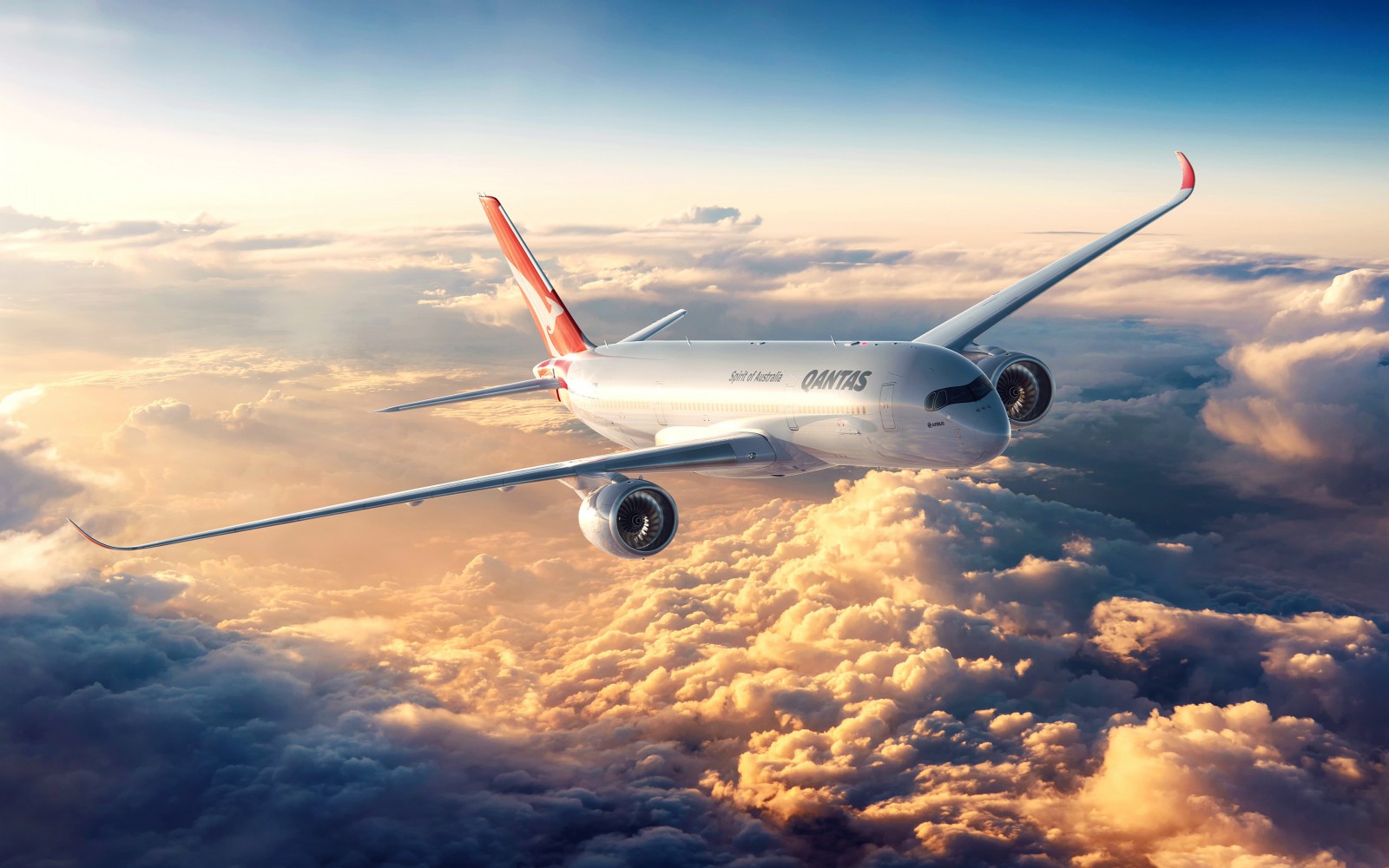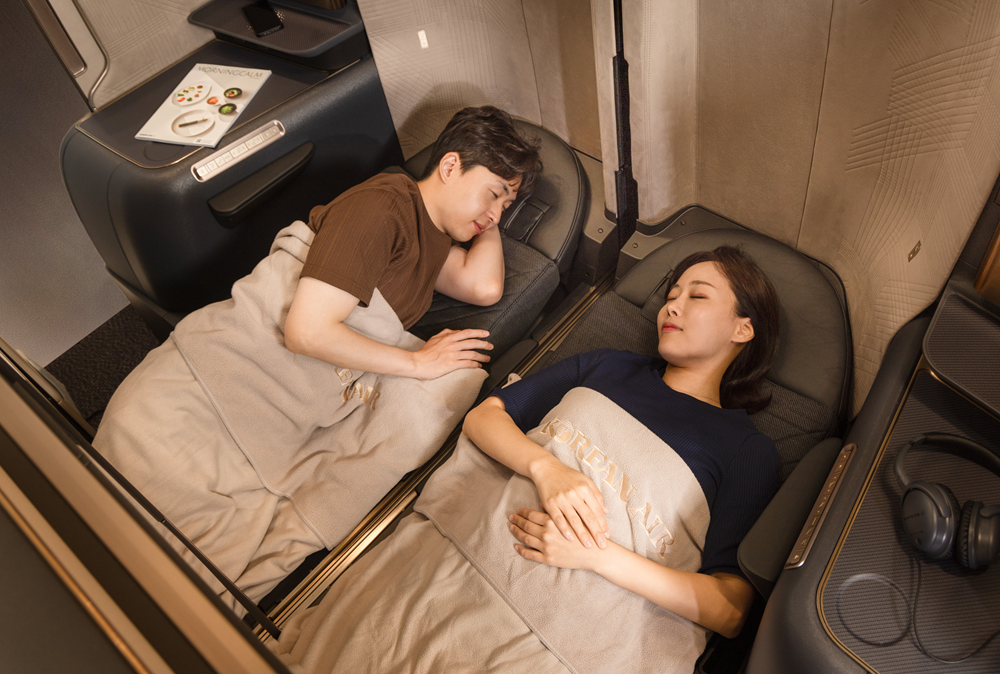Qantas warns union it will seek outside pilots to launch Sunrise
13 February, 2020
6 min read
By joining our newsletter, you agree to our Privacy Policy


Qantas has warned the Australian & International Pilots Association that it will seek outside pilots to launch Project Sunrise, its ambitious plan to fly nonstop from Australia's east coast to London and New York, if they do not agree to a deal on the table.
The new group would be experienced pilots and be independent of the rest of the airline's pilots.
The airline has told pilots this is not its preferred option and it will continue negotiations with AIPA for now.
If it is unable to come to a deal with AIPA it will then put its proposals directly to its pilots and ask them to vote on them, effectively bypassing the union.
But if that fails, it warned pilots it would be left with no viable alternative but to have Sunrise flying performed by a new “employment entity” that would provide the needed cost base.
Qantas International chief executive Tino La Spina told AirlineRatings.com: "We have a good deal on the table for our long-haul pilots, with pay increases and promotional opportunities and we’ve structured it so their take-home pay is not negatively impacted.
“We’ve had extensive discussions with AIPA for months and months and while they have told us they don’t like what’s on offer, they haven’t put forward a proposal of their own. The reality is we are running out of time to keep our aircraft delivery slots with Airbus
La Spina added: “If we can’t reach an agreement with the union soon, we’ll be putting the offer directly to our pilots so they can have their say. Our strong preference is to reach an agreement with our pilots.”
But AIPA president Mark Sedgwick described the threats as unnecessary and warned they would cause a new low in employee engagement at Qantas.
"Project Sunrise involves multiple safety and regulatory issues that AIPA on behalf of Pilots has been working through,'' he said.
"The approach that Qantas is now showing publicly has been a characteristic of these discussions and shows how this business would apparently prefer ultimatums at this critical juncture to building consensus."
It is understood that the proposed pay scale for A350 pilots is $A395,000 for a captain, $261,000 for a first officer and $A129,000 for a second officer.
The proposed "single fleet flying" rate is about 5 percent higher than the Boeing 787 and 13 percent higher than the A330 for captains and first officers on an annual take-home pay basis.
Qantas is hardening its stance as a March 31 deadline approaches for production slots. Airbus has told the airline it is not able to keep the slots open beyond this date.
Pilots were told the airline could not risk a further delay given that other parts of the business case and given competition from other airlines also starting ultra-long-haul routes.
A major sticking point is a proposal to pay future second officers a lower rate, but the company argues this is needed to make the Sunrise business case stack up and relates to jobs that would only exist if the project goes ahead.
It says remuneration for the future pilots would still be highly competitive and significantly above that offered to new hire second officers at Virgin and Jetstar, where it also faces a pay dispute.
The impasse comes after Qantas in December announced it would order up to 12 A350-1000s for Project Sunrise ahead of a final go/no go decision slated for March.
SEE: New podcast FACTS tell a very different story about Lion Air crashes.
But Project Sunrise faces challenges with crewing and regulatory hurdles.
Recently a group of “frustrated” Qantas pilots gained control of a powerful union committee negotiating both a short-haul agreement and the airline’s Project Sunrise, possibly signaling the latter’s demise.
Under AIPA rules, executive decisions must be signed off by the CoM.
One pilot who spoke to The Australian on the condition of anonymity said the “clean-out” was fueled by concern about the direction the executive was taking with regard to a new short-haul agreement and Project Sunrise negotiations.
But Qantas chief executive Alan Joyce said the carrier’s support for Sunrise was “stronger than ever”.
“Between the research flights and what we’ve learned from two years of flying Perth to London, we have a lot of confidence in the market for direct services like New York and London to the east coast of Australia,” he said.
Joyce said at the time that the airline would only commit to the project if the business case worked and the last gap was obtaining efficiency gains from pilots.
“We’re offering promotions and an increase in pay but we’re asking for some flexibility in return, which will help lower our operating costs,” he said.
“Airbus has given us an extra month to lock in an aircraft order without impacting our planned start date, which means we can spend more time on hopefully reaching a deal with our pilots.”
It was thought that Project Sunrise would move a step closer after Qantas recently reached an in-principle industrial agreement with its short-haul pilots.
The agreement cleared the way for AIPA to concentrate on a separate long-haul agreement.
However, AIPA has emphasized there are still issues that need to be addressed about Project Sunrise in the long-haul talks.
It was optimistic late last year it could reach an agreement with Qantas and hoped it can negotiate around some of the management demands pilots are not prepared to accept as well as concerns about fatigue risk management.
“We did so four years ago with the business case around the 787 and in that process, we negotiated a 30 percent productivity increase,’’ AIPA long-haul negotiator Captain Adam Susz recently told AirlineRatings in December.
“We were expecting that would be the basis to move forward with Sunrise.
“However, it seems that Qantas is seeking more again, which we regard as a double hit.
“And the pilots have told us that they don’t wish to extend any further than we did four years ago, especially when the Sunrise tours of duty are in excess of 22 or 23 hours on a planned basis.”
On the fatigue issue, the pilots are unhappy with the way CASA is dealing with the flights.
Singapore Airlines operates ultra-long-haul flights between Singapore and New York but Susz noted it flew with a “heavy “ crew of two captains and two first officers.
But Qantas has been proposing to use one captain, one first officer and two, second officers, with the second officers on the reduced pay.
Susz said the new routes would see pilots at the controls for longer and there was a need to be careful as the frontier of commercial aviation was extended.
AIPA expects New York to Sydney to be about a 21-hour duty, for example, while Sydney to London will be close to 22 hours.
Next Article
2 min read
Qantas triples profit but misses mark

Get the latest news and updates straight to your inbox
No spam, no hassle, no fuss, just airline news direct to you.
By joining our newsletter, you agree to our Privacy Policy
Find us on social media
Comments
No comments yet, be the first to write one.

